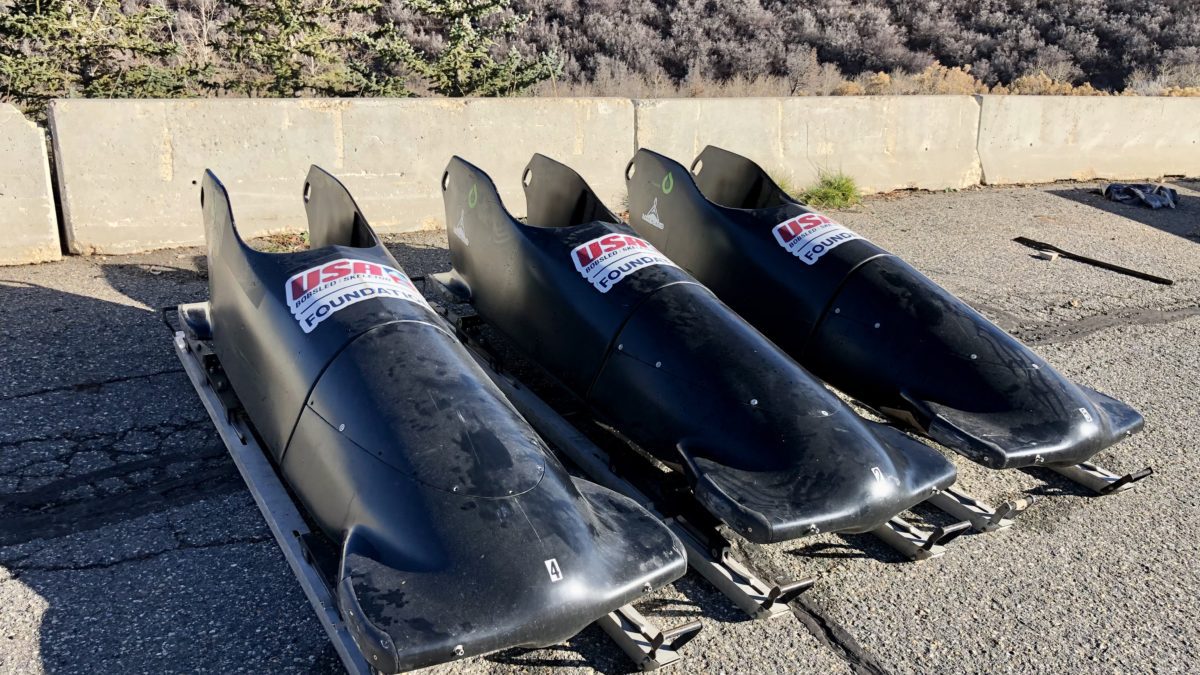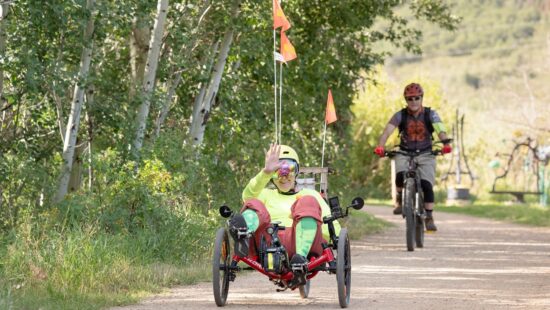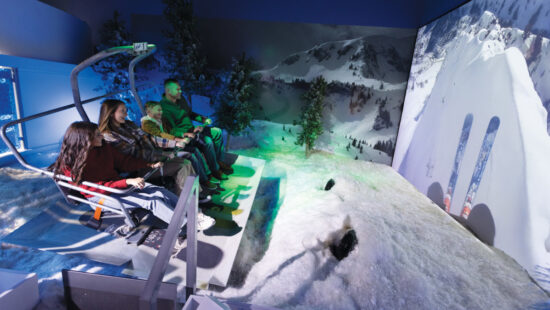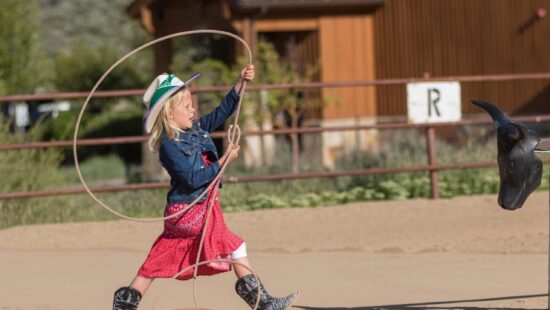Sports
How Park City helped get monobob into the Beijing Olympics

USA Bobsled Skeleton Foundation (USABS) monobobs or parabobs at the Utah Olympic Park. Photo: Michele Roepke
BEIJING — The monobob event debuted yesterday in the Beijing Olympic Winter Games. In the one-woman bobsled, which is solo pushed, piloted, and braked over four runs, Team USA’s Kaillie Humphries won gold, and her teammate, Elana Meyers Taylor, the silver medal.
Park City’s Utah Olympic Park (UOP) was the first venue in the world to try out the concepts of monobobs. In 2002, the National Ability Center (NAC) teamed up with the UOP, and the rest is history.
Monobob evolved from parabob, which is a single sled piloted by an athlete with a disability.
Once an elite athlete, disabled or able-bodied, gets into a bobsled, it’s a level playing field since driving a sled requires only hands. The getting-in part needed to be figured out by the NAC/UOP.
The parabob was invented after years of trials and valiant attempts in regular two-person sleds by athletes in wheelchairs or with upper body and lower body customized prosthetics. Two-person sleds proved cumbersome in this application, so some prototype single sleds were fabricated. The challenge of creating fairness with different disabilities led to the current practice of mechanically releasing a parabob from a static start after the athlete is already seated. Thus running, pushing, and jumping-in became obsolete (except in the monobob), replaced by the paramount skill of just driving the sled.
Although there’s now a robust international parabob competition circuit, the sport has yet to be added to the Paralympic program.
Meanwhile, in the Olympic program, the addition of new sport disciplines attached to existing venues made way for the monobob. Monobobs are a simple way for anyone, disabled or not, to participate in the Games as the learning curve is relatively easy to master. More people from more countries are now enjoying monobob and parabob, which is a win-win.

















